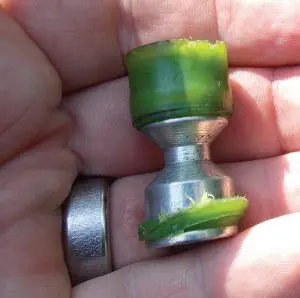
IT has long been my opinion that the 12-gauge shotgun is the most underutilized of tactical firearms. The shotgun is often kept on hand as a problem solver or deterrent without a real understanding of its capabilities. I think that picture has evolved largely because people avoid practicing with this weapon due to its substantial recoil. This is unfortunate. Properly utilized, the 12-gauge shotgun is a dependable and effective firearm.
The handgun is with us at all times and rightly receives the lion’s share of training. The carbine is much more pleasant to use and fire than the shotgun and receives much training. Yet for most of us, the carbine’s training may be theoretical while the shotgun may be put to more practical use.
The shotgun remains the single most effective firearm we have at close range, and its payload deserves our attention. While many shooters continue to rely on buckshot, particularly modern reduced-recoil buckshot loads, the shotgun slug has a better reputation for wound potential.
The 12-gauge slug is the load of choice at ranges past 20 yards, and many prefer the slug even at closer range. While the old round-nose lead type slug is effective, there are improvements that increase wound potential and accuracy while limiting ricochet. But though in some situations limiting penetration is desirable, in others increasing penetration is useful.
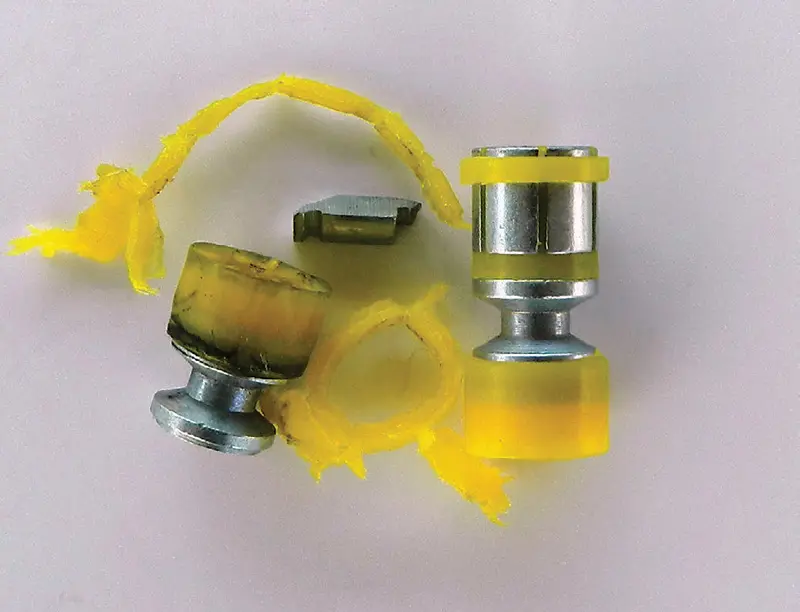
DDupleks 12-gauge slug loads available from Century International Arms offer an attractive option. These slugs are imported from Latvia and are readily available, affordable, and offered in three different configurations. I used an Ithaca 37 and a Remington 870 shotgun to test the slugs.
The Monolit 28 features an aerodynamically designed slug of steel construction with a polymer sheath to allow use in a steel barrel. The slug weighs 435 grains. It is rated at 1,410 fps with an energy of 1,426 foot pounds.

I fired the slug for accuracy in the rifle-sighted Remington. This Remington has demonstrated good accuracy in the past, and at 15 yards, three slugs were touching. At 50 yards, a three-shot group of four inches was fired.
To test wound potential, I used water jugs that are six inches wide and offer a rough correlation to gelatin when divided by a factor of 1.5. The Monolit 28 penetrated seven water jugs and bounced into the eighth for 42 inches of penetration or approximately 28 inches in gelatin.
The design of the slug is intended to limit ricochet, and it should be less offensive in this regard than a round-nose Foster-style slug. The Monolit 28 slug is both accurate and powerful enough to be used in addressing dangerous animals and engaging subjects behind cover.
The Monolit 32 uses a 495-grain slug at 1,357 fps recorded velocity. This slug generated the greatest recoil of any of the loads tested. Penetration was less than the Monolit 28, as the Monolit 32 penetrated 36 inches of water. There was no deformation of the projectile. Accuracy was comparable to the Monolit 28.
The most interesting and potentially effective load is the Hexolit 32, a slug designed to offer greatly improved wound potential and limit ricochet. The 495-grain Hexolit slug is similar to the others but with the additional component of a ring of six shard-like projectiles sheathed in a polymer housing. The slug travels through the bore in this sabot-like carrier. Average velocity is 1,472 fps.
Accuracy is good but not on the level of the other loads, with a threeshot, 50-yard group of about five inches. This is acceptable, since the Hexolit is intended to be used at moderate range, and one of the other slugs would be better suited to longrange use.
When fired into water, the Hexolit slug demonstrates the loss of the nose section. DDupleks claims the six metal pieces of the nose will be thrown away from the main slug in a radial pattern with a hard impact, and expand from the nose in other situations. In my tests, the nose of the slug did shed the petals.
In the first test firing, there were holes in the second and third water jugs from the petals, and only one petal was actually found in the water jugs. Average penetration was 24 inches.
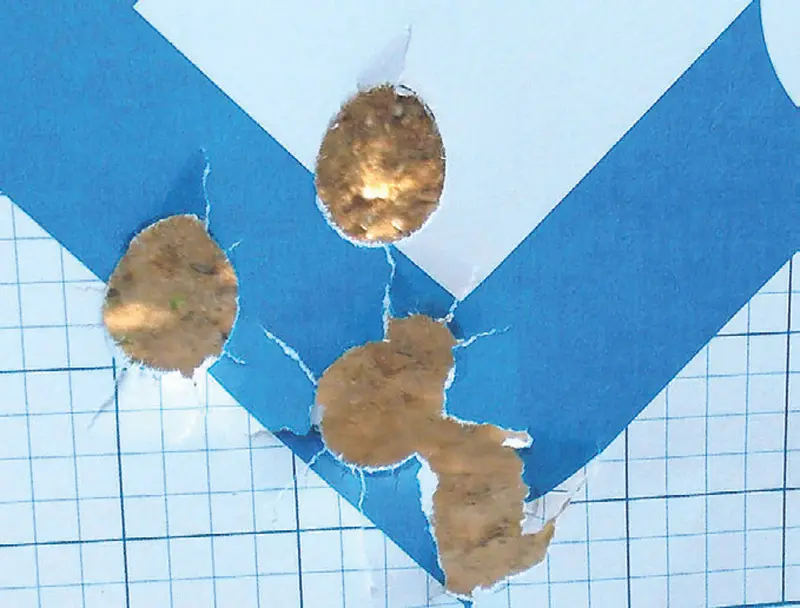
The Hexolit slug demonstrates impressive wound ballistics. Damage to the water jugs and observed effect were much greater than with the solid slugs. Coupled with the accuracy of the system, this slug is an excellent option, in my opinion, for personal defensive use. Ricochet potential is difficult to gauge, but the slug should be less offensive than standard roundnose Foster slugs.
The DDupleks loads are intended to maximize the potential of a shotgun by capitalizing on weight and frontal diameter. The Hexolit load introduced rapid expansion to the shotgun slug.
After firing a modest amount—20 of each slug—I found them reliable, accurate enough for the mission, and offering excellent wound ballistics.

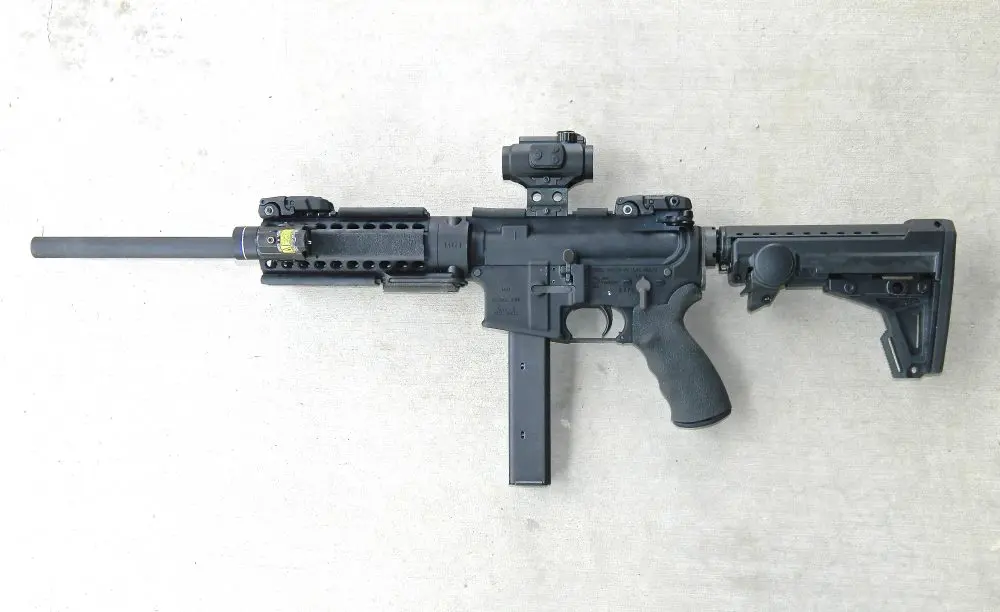



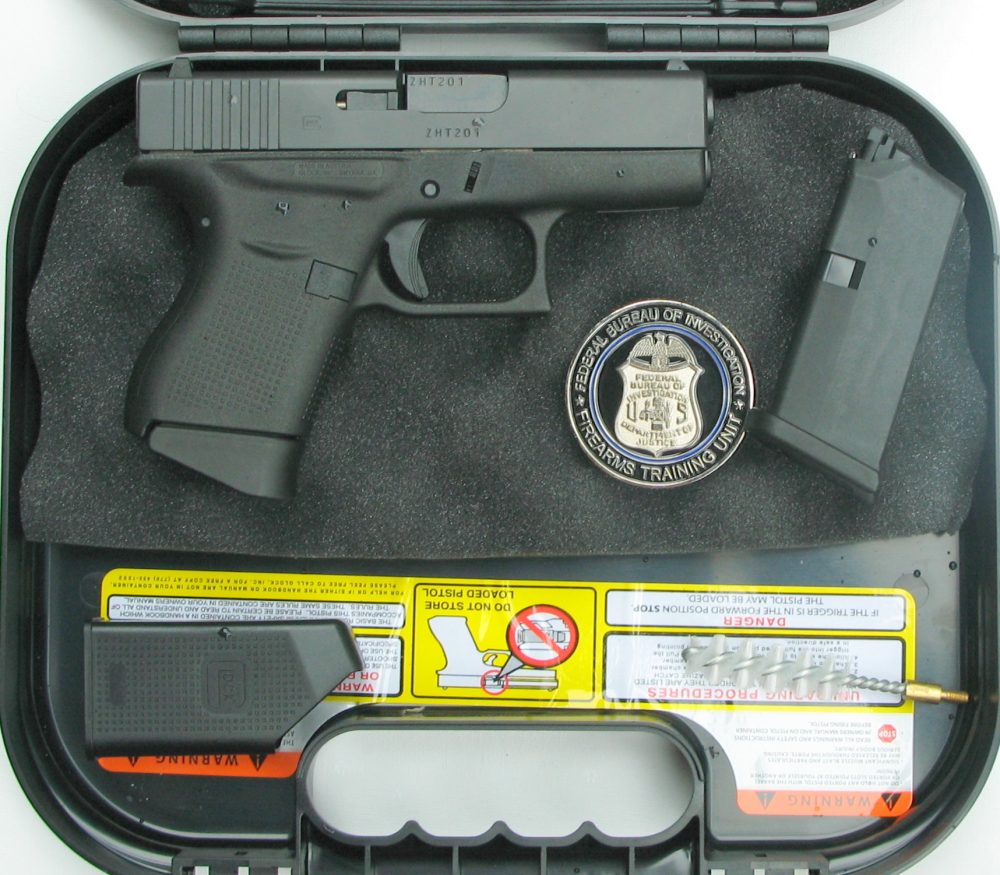
1 comment
Where can I buy them?